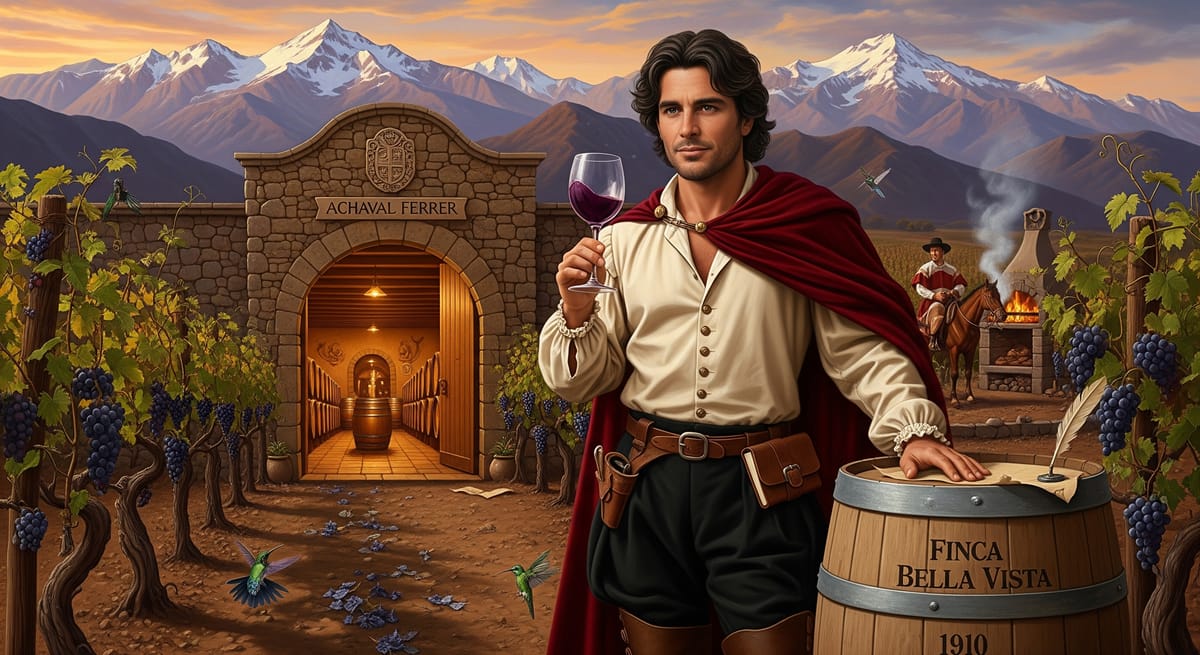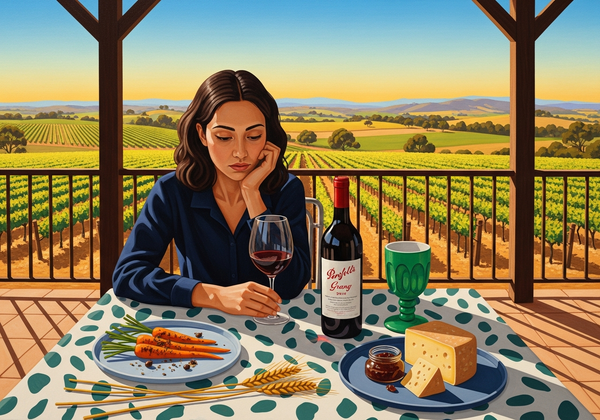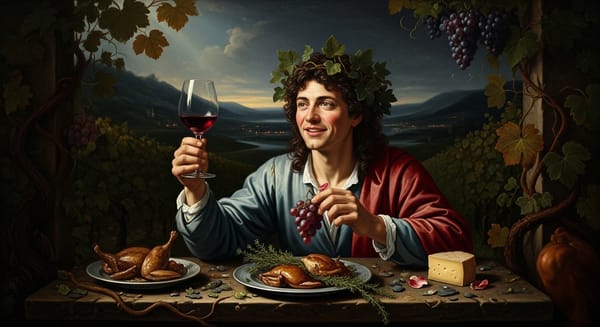From River Stones to Rock Star: The Unfiltered Rise of Achaval Ferrer (A Dvin AI blog exclusive—told in Liber’s “no-BS, all-heart” voice)

1. Why you should care (a 90-second origin story)
Back in 1998, two Argentine buddies—Santiago Achával Becú and Manuel Ferrer—teamed up with roaming Italian winemaker Roberto Cipresso. Their manifesto: “Let the vineyard speak; get the hell out of the way.” They hunted down century-old, ungrafted Malbec parcels clinging to the foothills of the Andes, kept yields borderline-ridiculous (think one cluster per vine), and ditched the cosmetic winemaking tricks. Result? A winery that went from garage band to global headliner in one vintage.
2. The three (now four) sacred Fincas
| Finca | Planted | Altitude | Personality |
|---|---|---|---|
| Bella Vista (Perdriel, Luján de Cuyo) | 1910 | 990 m | River-cooled elegance—violets over velvet. |
| Mirador (Medrano, Junín) | 1921 | 700 m | Desert-sandy soils = lush, hedonistic fruit. |
| Altamira (La Consulta, Uco Valley) | 1950 | 1 100 m | Limestone and volcanic rubble; minerality that crackles. |
| [New-kid-on-the-block] | “~100-year-old” vines, unveiled 2025 | ? | Fourth Finca just dropped; allocations vanishing faster than festival tickets. |
Fun flex: that debut Finca Altamira 1999 earned the first ever 5-Star rating Decanter handed an Argentine wine—proof that “terroir before ego” pays.
3. Quimera: the blend that broke the rules
Most estates treat their flagship blend like a polite dinner host—balanced, predictable. Achaval Ferrer’s Quimera is more garage-band jam session: Malbec as the lead singer backed by Cabernet Sauvignon, Merlot, Cab Franc, and sometimes Petit Verdot. Percentages change every harvest because, as Liber likes to say, “The fruit doesn’t give a damn about your spreadsheet—taste first, label later.”
4. Shockwaves that shook Mendoza—and the world
- Low-yield, ungrafted vines. Old roots dive deep, pull up minerality, and laugh in phylloxera’s face.
- Minimal intervention. Native yeast, concrete or used oak, no fining or filtering on the Fincas—clarity over cosmetics.
- Altitude as acid insurance. Up to 1 100 m keeps freshness in a climate that can cook lesser Malbecs.
- Early global bling. Robert Parker, Wine Spectator, Decanter—all went gaga, turning importers into stalkers.
- Ownership muscle. In 2011 the SPI Group (yep, Stolichnaya’s parent) bought in, pouring cash into vineyards while letting the original team run wild.
5. What sets them apart from the Argentine pack
Argentina already had Malbec swagger; Achaval Ferrer gave it a manifesto.
- Terroir evangelism, 15 years before it was cool. While most bodegas blended across regions for “house style,” these guys bottled single-site personality.
- Ruthless yield discipline. Neighbors were cropping five times higher; Achaval Ferrer said “no” and left money on the vine in exchange for mind-bending concentration.
- Old-vine preservation. Instead of replanting for efficiency, they nurtured vines planted long before Instagram, electric pumps—or even World War I (Bella Vista turns 115 this year).
- Global cult status without Napa pricing. First Argentine label to crash the top shelves of three-star restaurants yet still undercuts First-Growth Bordeaux. That democrat-luxury balance is pure Liber ethos: make excellence accessible but never cheap.
6. 2025 and beyond: the remix
- Finca #4 signals a new chapter—proof they’re still hunting forgotten plots while megabrands chase volume.
- Climate chess, not checkers. Converting flood irrigation to drip, experimenting with shade nets, and playing with earlier picks to keep that electric acid line alive.
- Market breakout. With SPI’s distribution clout, Achaval Ferrer now pours in 50 countries—yet production remains tiny, so scarcity (and collectability) stay intact. ($1, $1)
7. Liber’s quick-fire takeaways
- Taste the dirt. If Bella Vista doesn’t remind you of river stones after rain, you need a new tongue.
- Age isn’t a number; it’s a story. Those gnarled trunks survived wars, crashes, and Kardashians—respect.
- Hype is rented; terroir is owned. Achaval Ferrer proves that when you bet on place, compound interest kicks in every vintage.
- Stop cellaring excuses. Buy a bottle, pop it with friends, and argue about which Finca you’d move into if vines came with Wi-Fi.
8. Bottom line
Achaval Ferrer didn’t just elevate Argentine wine; they rewrote the rulebook for any region trying to pivot from commodity to cult. Old vines, no compromise, full-throttle authenticity—sounds familiar, right? That’s why this story hits home for me. It’s the same playbook I preach: give more than you take, let passion trump polish, and trust that the crowd will find you.
Now go grab a Finca, pour a reckless glass, and taste what happens when commitment meets dirt.





